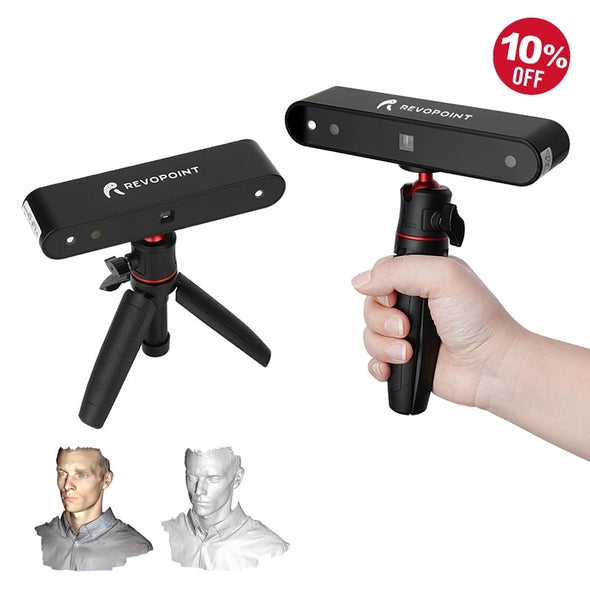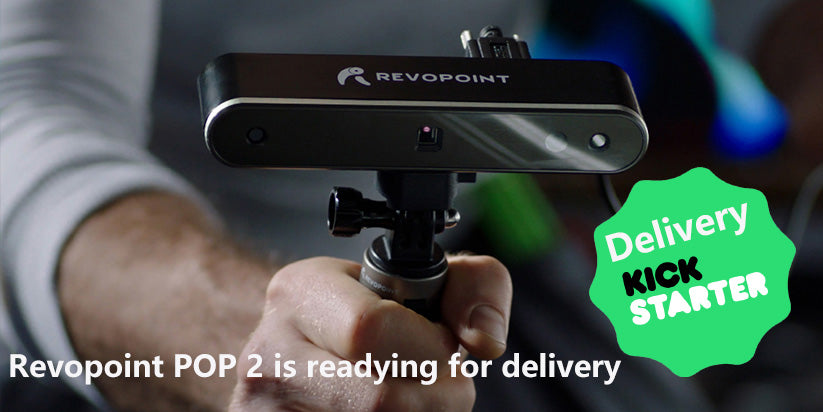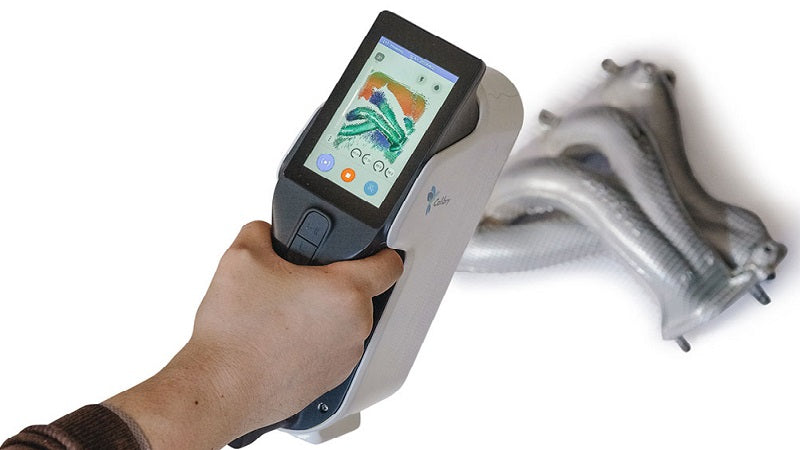3d scanning is becoming an essential tool for different industries as they can have detailed 3D models of their products. This enables a lot of businesses and manufacturing industries to have a clearer idea of how the product will be perceived by their customers and what the impact will be on the people using it. 3D scanning is being used across industries including automotive, aerospace, construction, etc. In this article, you will get to know more about 3D scanning, its applications, and what the future of this technology will look like.
What is 3D scanning?
3D scanning is the capturing of information about an object to determine its shape and other properties by the use of a 3D scanner. It is a non-contact measurement process that involves recording the surface geometry of physical objects or environments by measuring two or more characteristics of the objects.
It can be used as a substitute for manual measurement as objects can be measured repeatedly in order to generate a more accurate 3D model. The 3D model can be used as a replacement for physical models to create a digital model for future reference. 3D scanning is an essential tool for designers, manufacturers, and even the general public. It is now a normal part of the manufacturing process for most products.
Current applications in 3D scanning
There are numerous applications for 3D scanning, including reverse engineering, architecture, entertainment, and more. The technology can also be used for developing biomedical devices such as dental equipment and medical implants. 3D scanning can also be used to create a digital copy of an object with the help of a 3D scanner, which is known as digital modeling.
In current applications, 3D scanning and 3D scan data are often used for product design, production planning, inspection, and quality control of manufacturing processes. 3D scanning also has the potential to be used in the areas of agriculture, construction materials, and more.
3D scanning can aid architectural surveys and provide accurate measurements for new buildings, as well as for renovations and retrofit projects. It can also assist with the design of interior spaces and assist with structural design. It is also useful for measuring materials, such as stone and marble, and for analyzing and replicating historic structures. The information captured by 3D scanning can be used to create CAD models and CAD data.
Various industries can benefit from the use of 3D scanning.
3D scanning has practical benefits in various industrial setups. For example, the aviation industry includes laser-based 3D scanners to help the design and development of aircraft, including the cabin, cockpit, and cabin interiors.
The architecture industry can utilize laser technology to build a 3D model of the interior of a building and use it as a tool to help visualize and plan projects like interior design and furnishing.
Companies in the automotive industry can deploy 3D scanning to improve vehicle manufacturing. They use the technology to create CAD models of cars that can be used to customize new car models and improve vehicle reliability.
3D scanning technology can be used in the education industry to help students build 3D CAD models and understand engineering, architecture, and manufacturing. The benefits that 3D scanning has to offer to industries are limitless.
Future of 3D scanning
The future of 3D scanning is amazing! It will change the way we design, build and operate our day-to-day goods and items. In the future, we may be able to print our very own furniture, clothing, and even food! With this new technology, the cost of goods will become so cheap, that we may be able to live comfortably on a tiny amount of income. 3D scanning will save tons of time and reduce waste.
With 3D scanning, we will have instant feedback about the quality of the product and can see exactly where every material is. Even furniture that needs to be assembled can be scanned in a way that will create instructions that will then need to be followed in the assembly process. With better quality 3D scanning machines like advanced LiDAR(light detection and ranging) 3D scanners, we will be able to have a 3D model of the product that will allow us to simulate how a product will function before it is even made. 3D scanning will therefore become an integral part of our lives.



Laisser un commentaire
Tous les commentaires sont modérés avant d'être publiés.
Ce site est protégé par hCaptcha, et la Politique de confidentialité et les Conditions de service de hCaptcha s’appliquent.